”Dag Erik Elgin’s ’Balance of Painters’ comprises 49 canvases, small in scale and almost object-like, aligned vertically, painted in a range of pastel colours: each one bears a column of four numbers in serif-typeface on a scale from zero to eighteen. We tend to conjecture systems painting as belonging to the age of conceptual art – think of On Kawara’s date paintings – but the key to this series is drawn from the 17th century painter and art critic Roger De Piles’ system for evaluating the merits of painters from the renaissance and baroque periods. Publishing in 1708, De Piles ranked over 50 painters, including Michelangelo and Rubens, in four categories: composition, drawing, colour and expression. While clearly evoking the formal and intellectual strategies of conceptualism – the industrial look, the serial format, the use of the sign, and the seeming opacity of the subject matter – Elgin’s work recalls an era where the components of a painting – arguably all paintings – could be quantified and measured for their aesthetic worth.”
Text excerpt from: Painting All Over? By Frances Morris, Head of Collections, International Art, Tate Modern, London. From the catalogue of Carnegie Art Award 2014, Carnegie Art Award Publishing, 2013.
Dag Erik Elgin: Balance of Painters
Balance of Painters is a continuation of Elgin's longstanding investigations into the history and physical characteristics of painting in light of art-historical ideals and contemporary visual culture. This entails an interest for the fundamental issues of medium, such as figure versus ground, surface and stroke, as well as for aesthetic economies and reception history. The numerical subjects of The Balance of Painters represents Roger de Piles' assessments of the most important painters of his time, as published in his book, Cours de peinture par principes avec un balance de peintres, of 1708. Roger de Piles (1635-1709) was a painter, art critic and diplomat, responsible for acquisitions for the art collection of King Louis XIV, and an active debater in the discourse on "modern" versus "classic" qualities of painting. In Cours de peinture, de Piles conceives a quantitative system for evaluating artistic achievement, based on a scale from 0 to 18, and divided into the categories "composition", "drawing", "colour" and "expression". From the original list of 57 artists evaluated by de Piles, we are today aware of de Piles ranking of 50 painters from the Renaissance and Baroque periods- from Raphael and Michelangelo to Rembrandt and Rubens. The picture series, Balance of Painters is a painted version of de Piles' overview. The actual selection of works is of lesser interest to Elgin, than the ambition of this material to rationalize artistic quality. De Piles' system identifies painting as a stable and measurable occurrence, and his numerical analysis intended to disclose something both precise and generalized about artistic achievement. Balance of Painters engages with a connection between this schematic art criticism, and the modern artistic movements of minimalism and conceptual art. The representative image is replaced by a reduced economy of the sign, and an archival aesthetic. People, events and traditional painterly qualities are exchanged for a "neutral" representation of these same characteristics: composition/figure, ground, colour, stroke, etc., - as such Elgin's painted numbers entails a play with the concept of figure in painting, - as in the English language, "figure" can mean both subject and number.
Roger de Piles: Cours de peinture par principes avec un balance de peintres
To his last published work The Balance of Painters, Cours de peinture par principes avec un balance de peintres, Roger de Piles (1635-1709) appended a list of fifty-six major painters in his own time, with whose work he had acquainted himself as a connoisseur during his travels.
To each painter in the list he gave marks from 0 to 18 for composition, drawing, color and expression. This gave an overview of aesthetic appreciation hingeing on the balance between color and design. The highest marks went to Raphael and Rubens, with a slight bias on color for Rubens, a slight bias on drawing for Raphael. Painters who scored very badly in anything but color were Giovanni Bellini, Giorgione and remarkably Caravaggio with 16 on color and 0 (zero) on expression. Painters who fell far behind Rubens and Raphael but whose balance between color and design was perfect were Lucas van der Leyden, Sebastian Bourdone and Albrecht Dürer.
Andrea del Sarto 12 16 9 8
Federico Barocci 14 15 6 10
Jacopo Bassano 6 8 17 0
Giovanni Bellini 4 6 14 O
Sebastian Bourdon 10 8 8 4
Charles Le Brun 16 16 8 16
I Carracci 15 17 13 13
Cavalier D'Arpino 10 10 6 2
Correggio 13 13 15 12
Daniele da Volterra 12 15 5 8
Abraham van Diepenbeeck 11 10 14 6
Il Domenichino 15 17 9 17
Albrecht Dürer 8 10 10 8
Giorgione 8 9 18 4
Giovanni da Udine 10 8 16 3
Giulio Romano 15 16 4 14
Guercino 18 10 10 4
Guido Reni x 13 9 12
Holbein 9 10 16 3
Jacob Jordaens 10 8 16 6
Lucas Jordaens 13 12 9 6
Giovanni Lanfranco 14 13 10 5
Leonardo da Vinci 15 16 4 14
Lucas van Leyden 8 6 6 4
Michelangelo 8 17 4 8
Caravaggio 6 6 16 O
Murillo 6 8 15 4
Otho Venius 13 14 10 10
Palma il Vecchio 5 6 16 0
Palma il Giovane 12 9 1 46
Il Parmigianino 10 15 6 6
Gianfrancesco Penni O 15 8 0
Perin del Vaga 15 16 7 6
Sebastiano del Piombo 8 13 16 7
Primaticcio 15 14 7 10
Raphael 17 18 12 18
Rembrandt 15 6 17 12
Rubens 18 13 17 17
Francesco Salviati 13 15 8 8
Eustache Le Sueur 15 15 4 15
Teniers 15 12 13 6
Pietro Testa 11 15 0 6
Tintoretto 15 14 16 4
Titian 12 15 18 6
Van Dyck 15 10 17 13
Vanius 15 15 12 13
Veronese 15 10 16 3
Taddeo Zuccari 13 14 10 9
Federico Zuccari 10 10 8 8
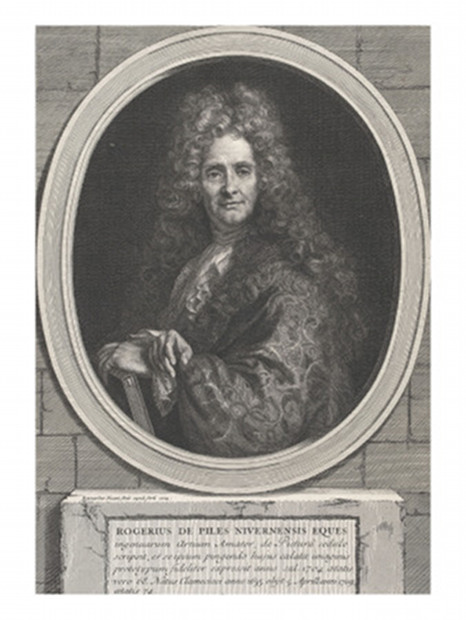
Roger de Piles 1635-1709
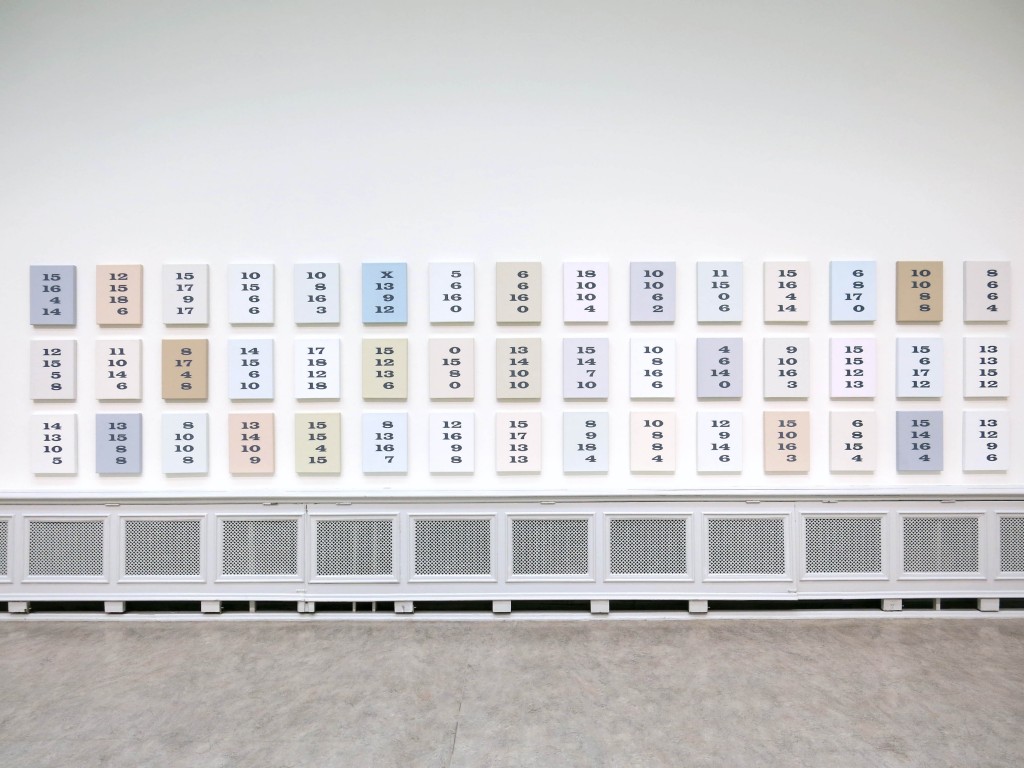
Carnegie Art Award: Konstakademien Stockholm 2014
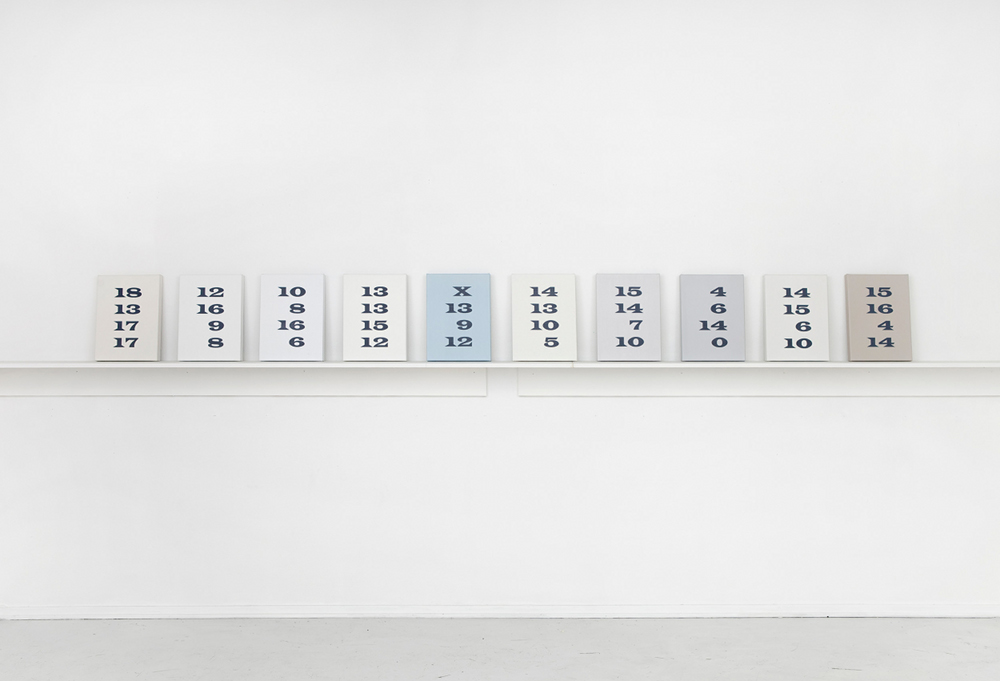
Balance of Painters (30x40cm): Work in progress, June 2011
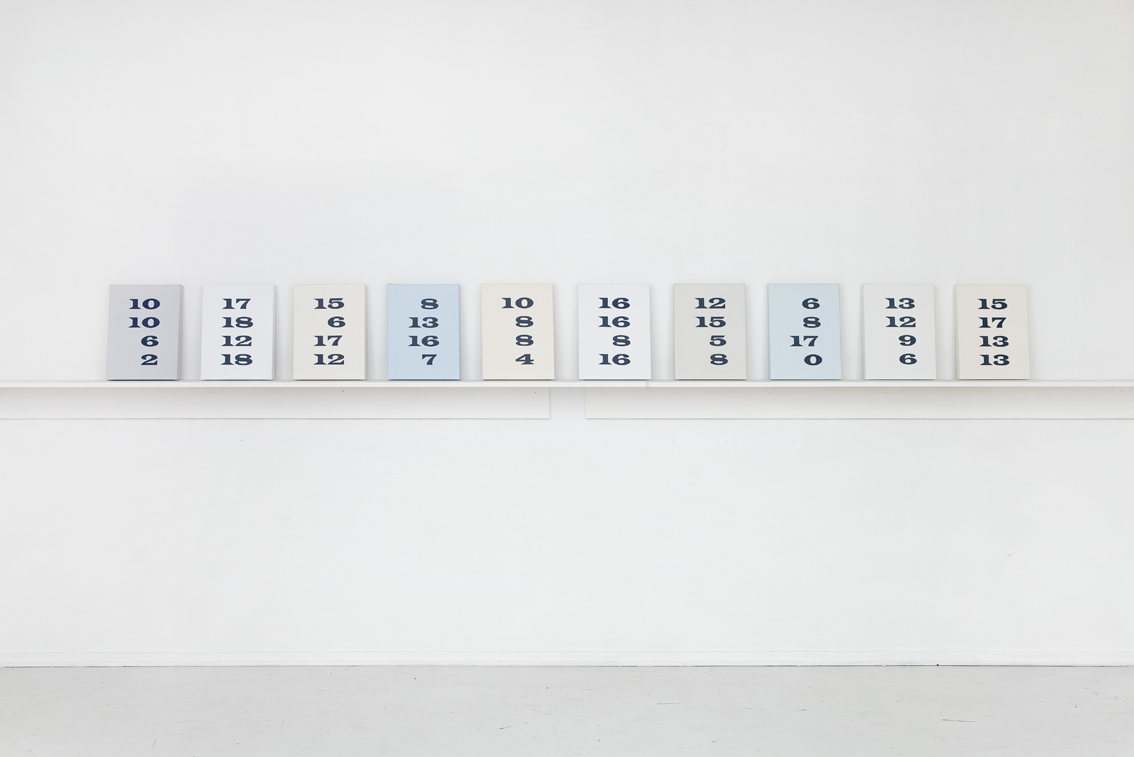
Balance of Painters (30x40cm): Work in progress, June 2011
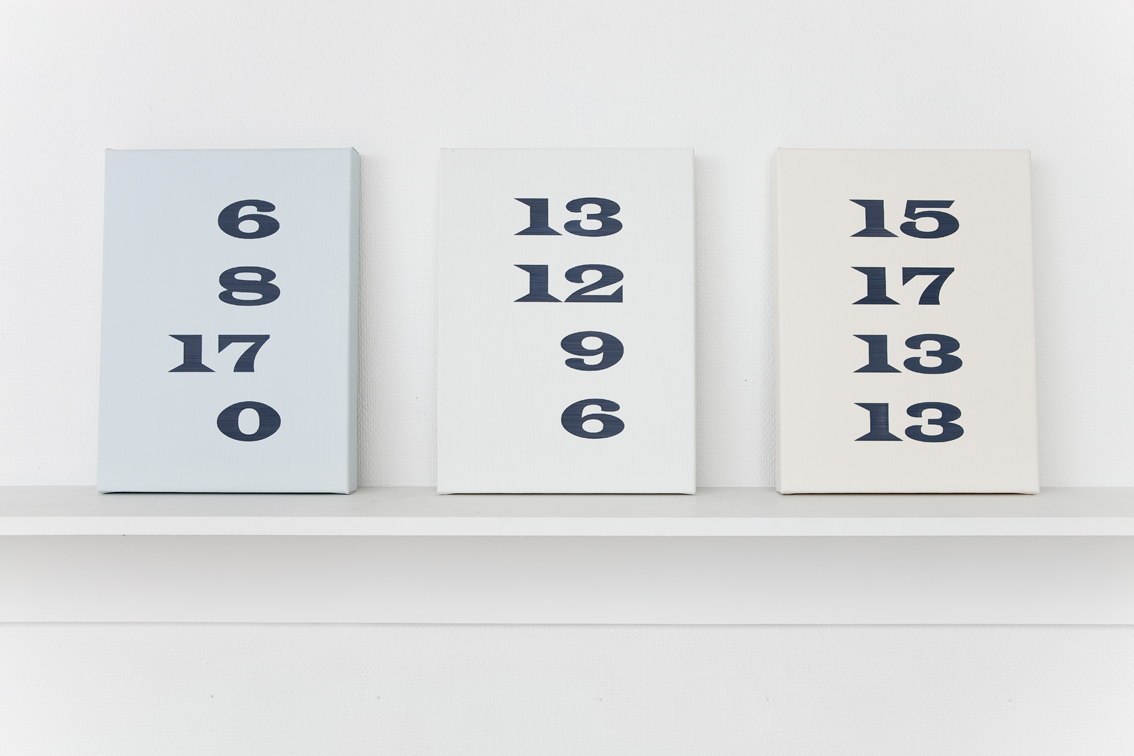
Balance of Painters: Bassano; Jordaens; Carracci
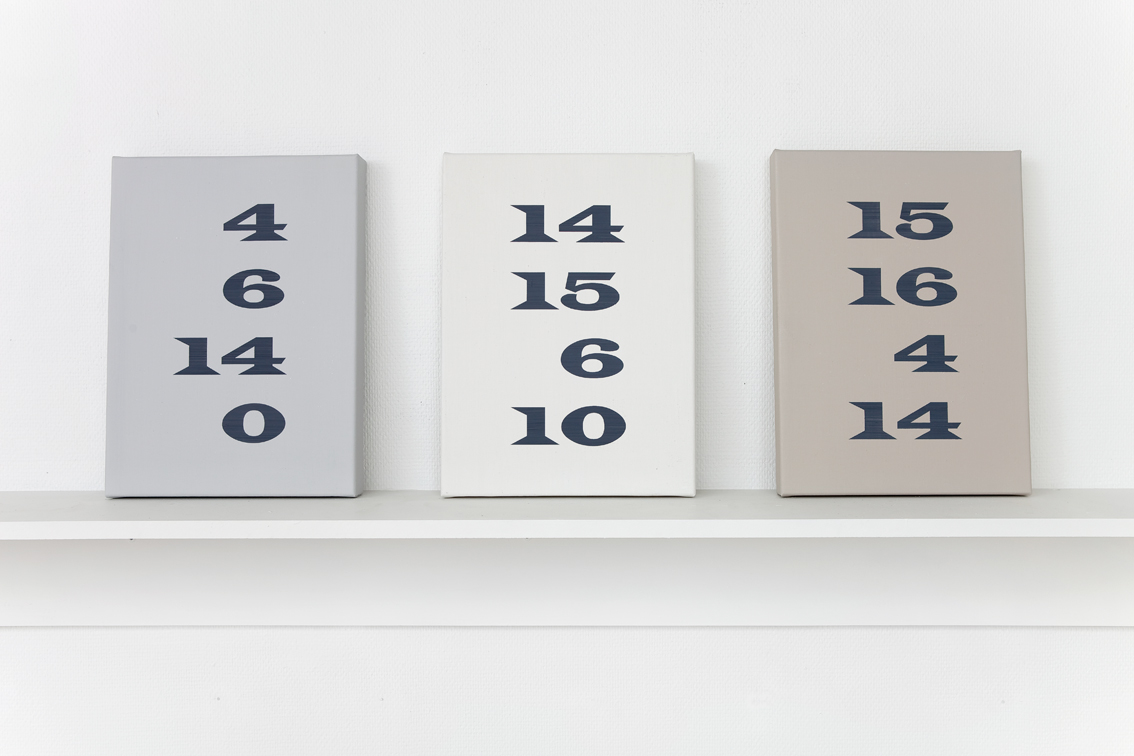
Balance of Painters : Bellini; Barocci; Romano
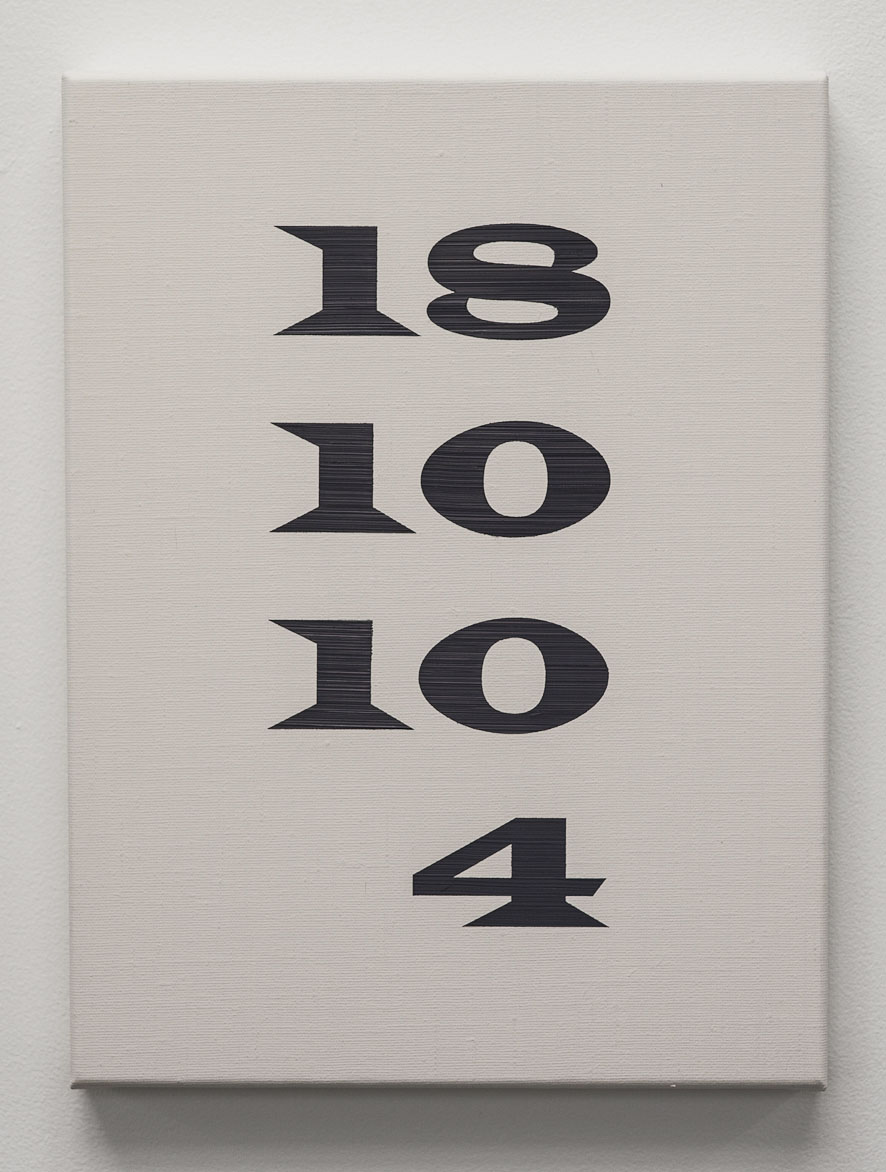
D.E. Elgin: Guercino (G.F. Barbieri)
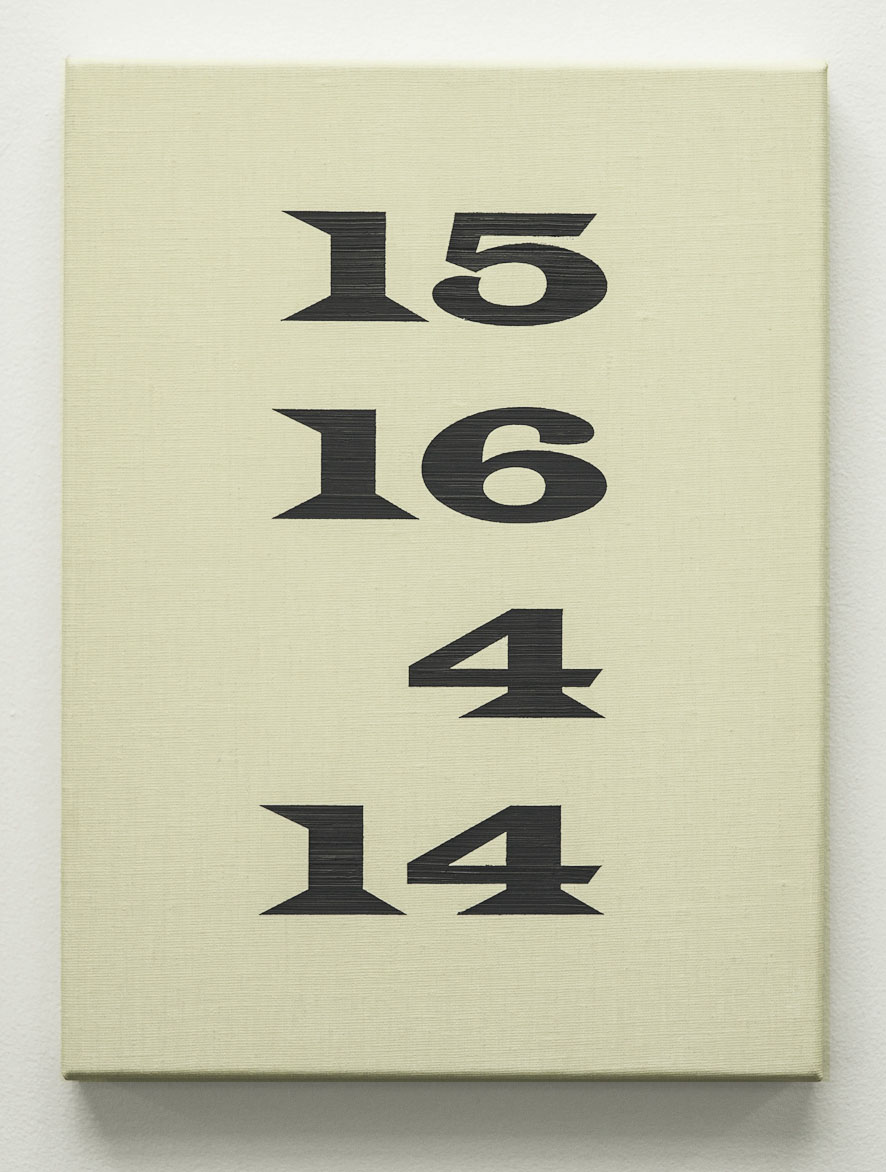
D.E. Elgin: Giulio Romano
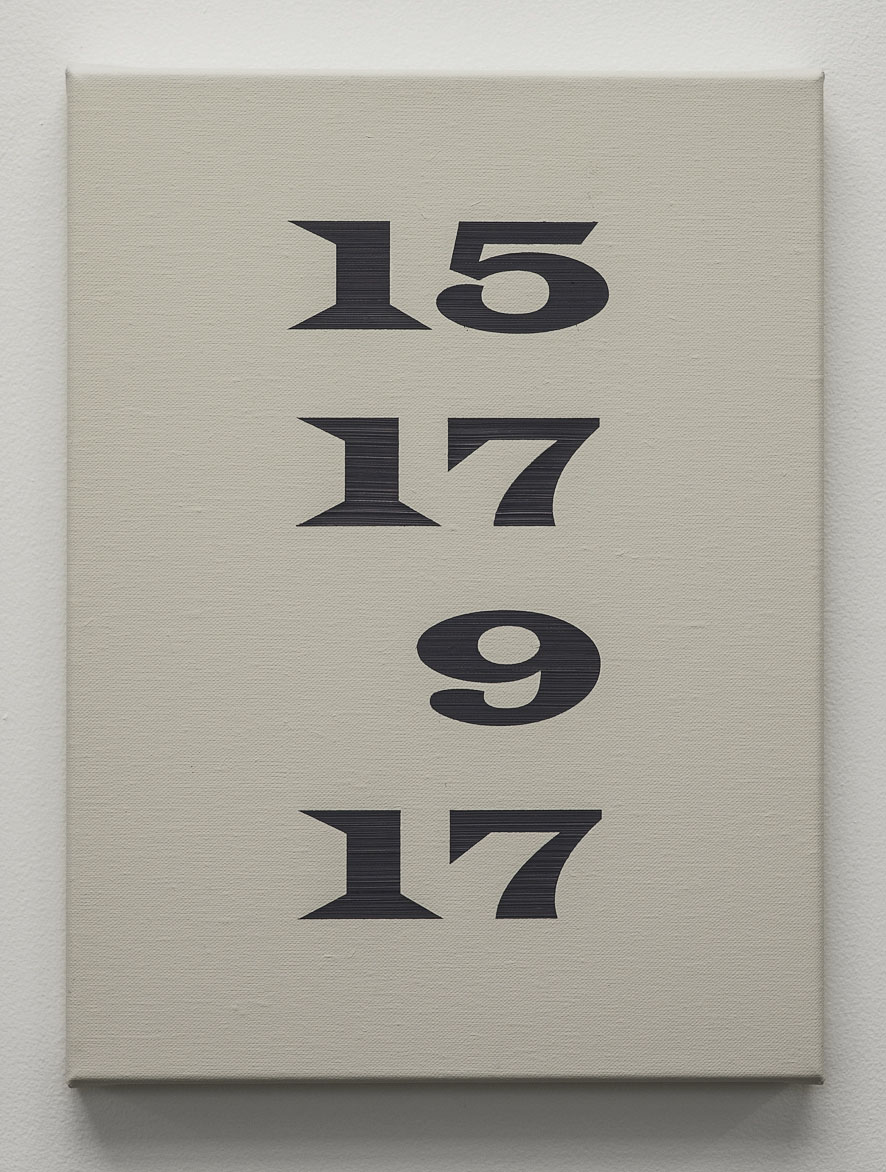
D.E. Elgin: Il Domenichino
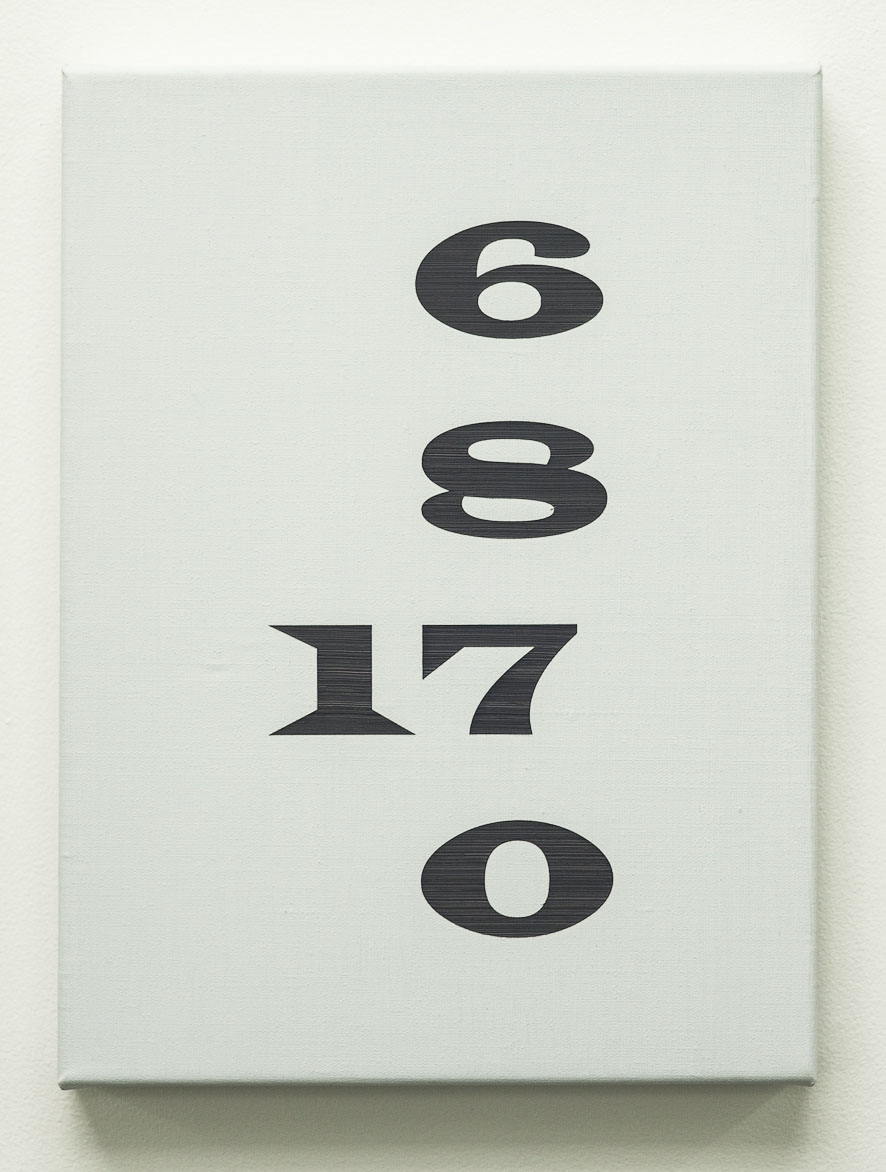
D.E. Elgin: Jacopo Bassano
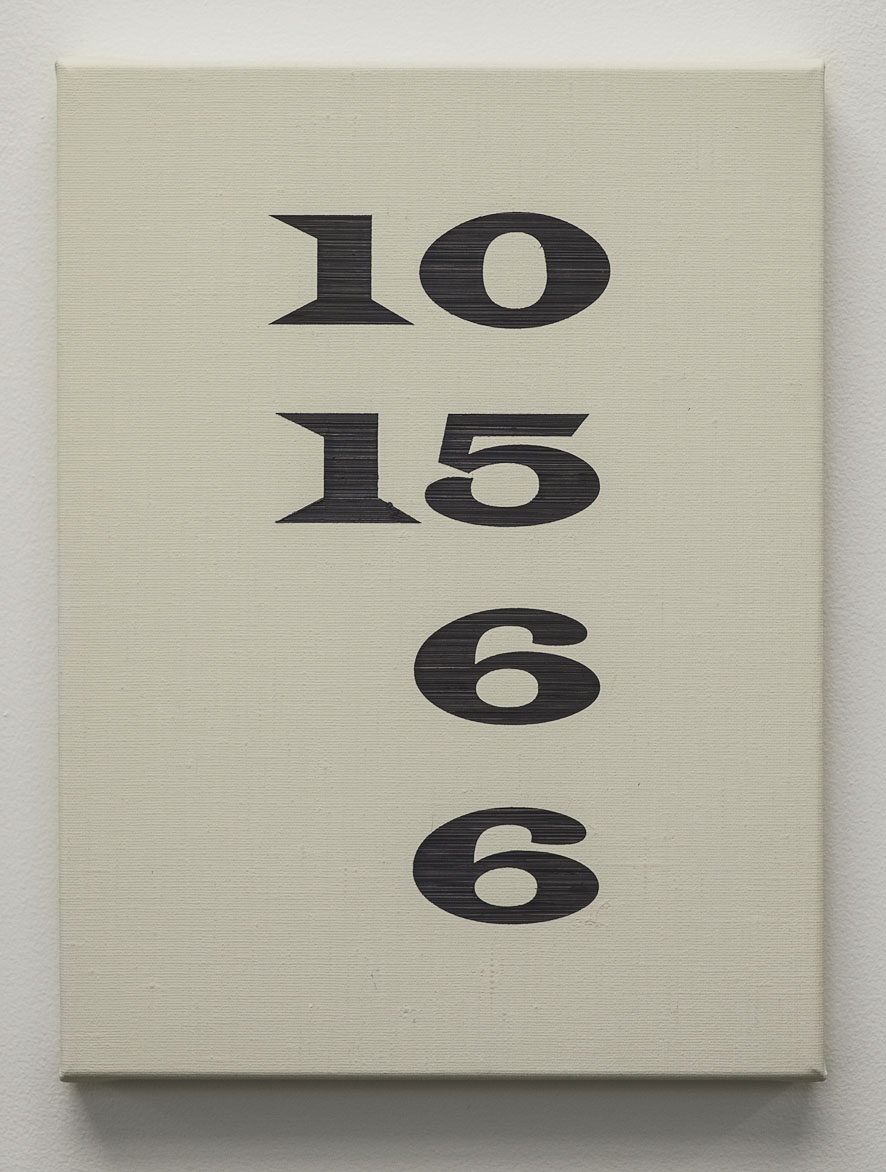
D.E.Elgin: Il Parmigianino
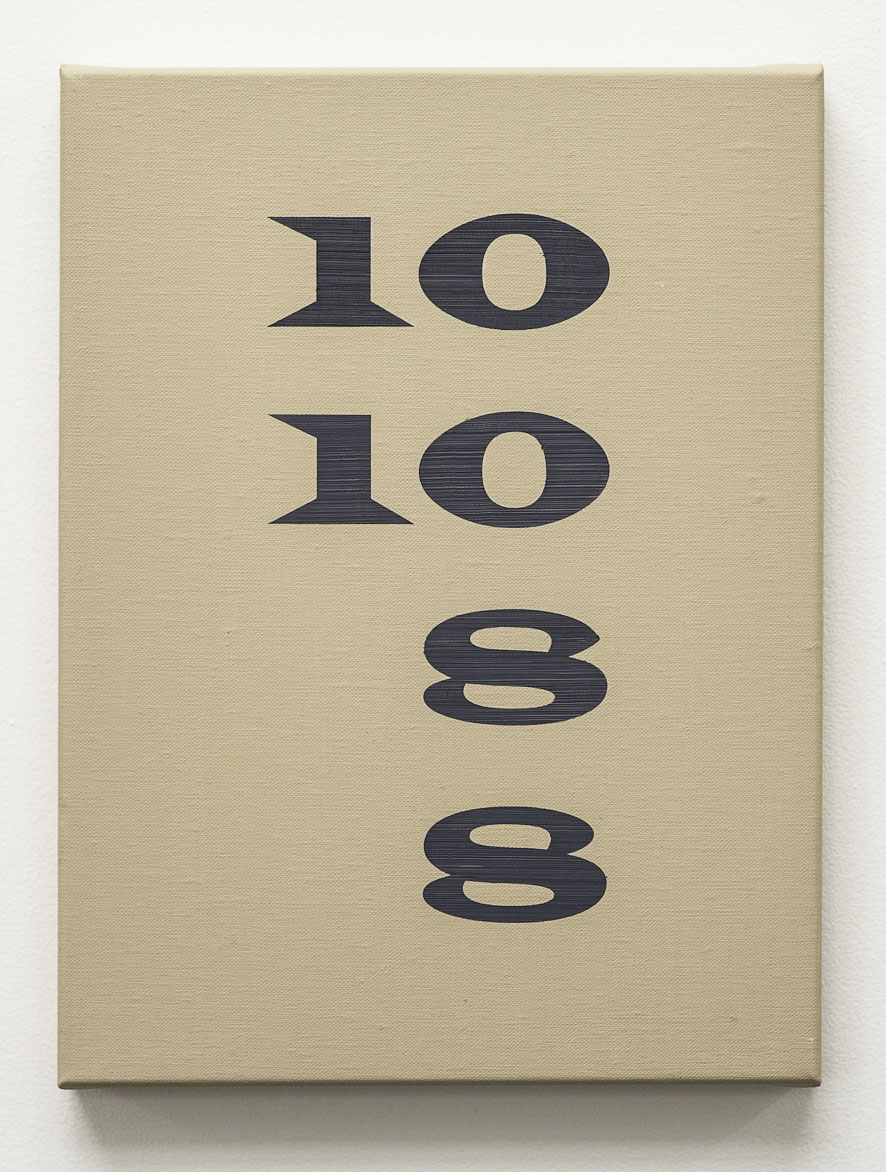
D.E. Elgin: Federico Zuccari
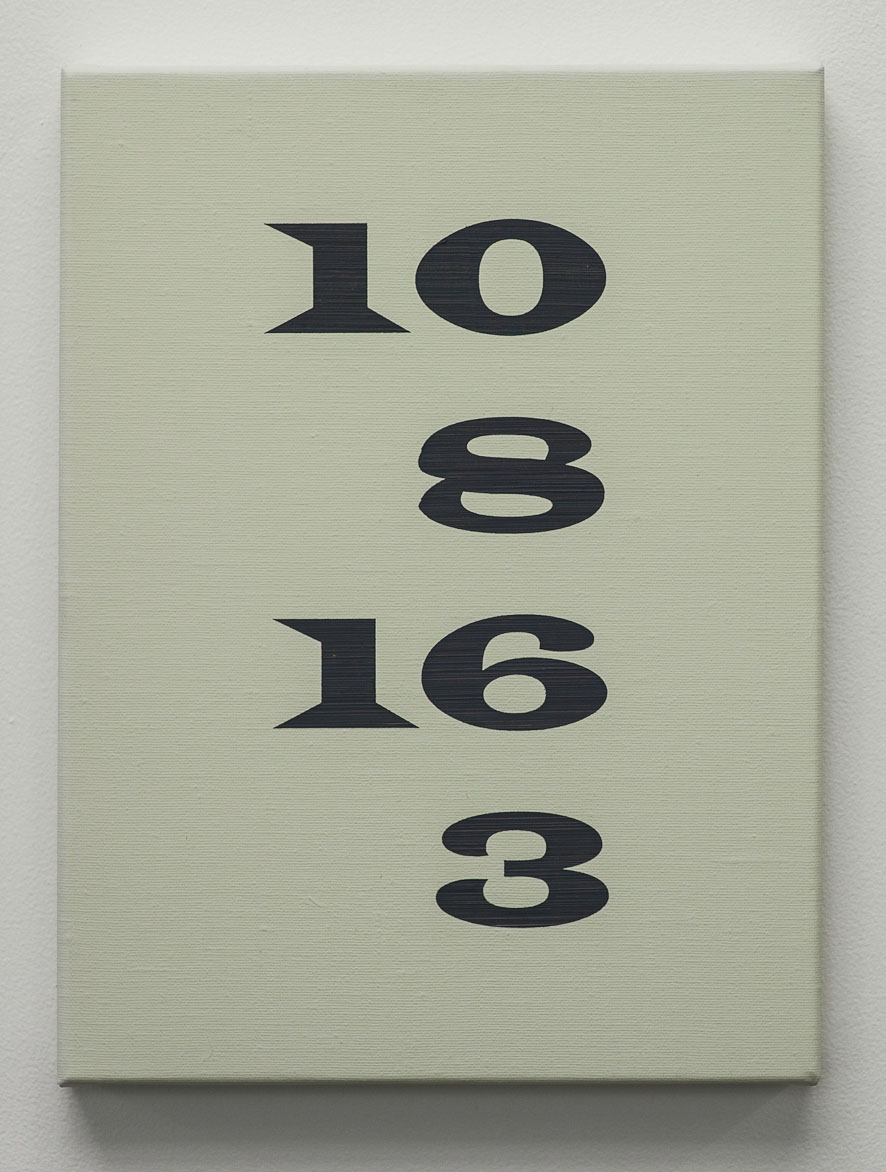
D.E. Elgin: Giovanni da Udine
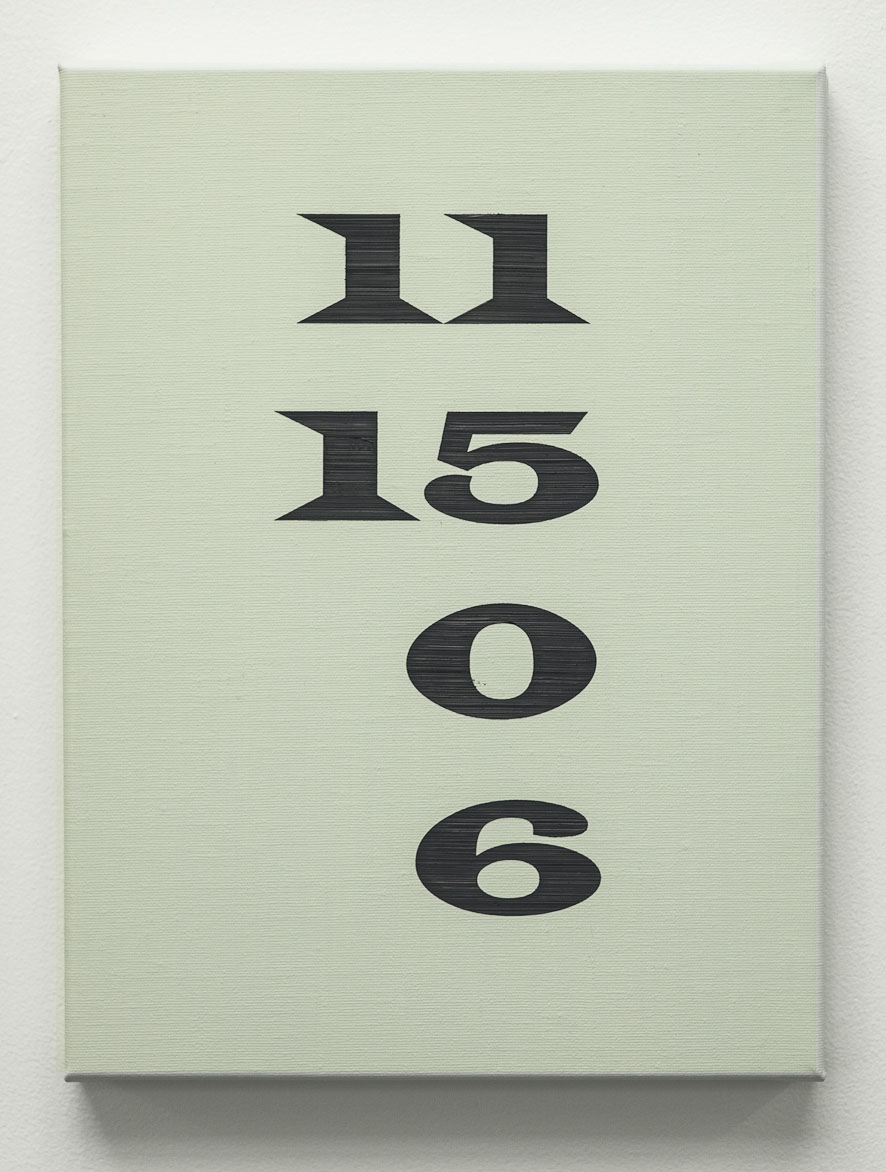
D.E. Elgin: Pietro Testa
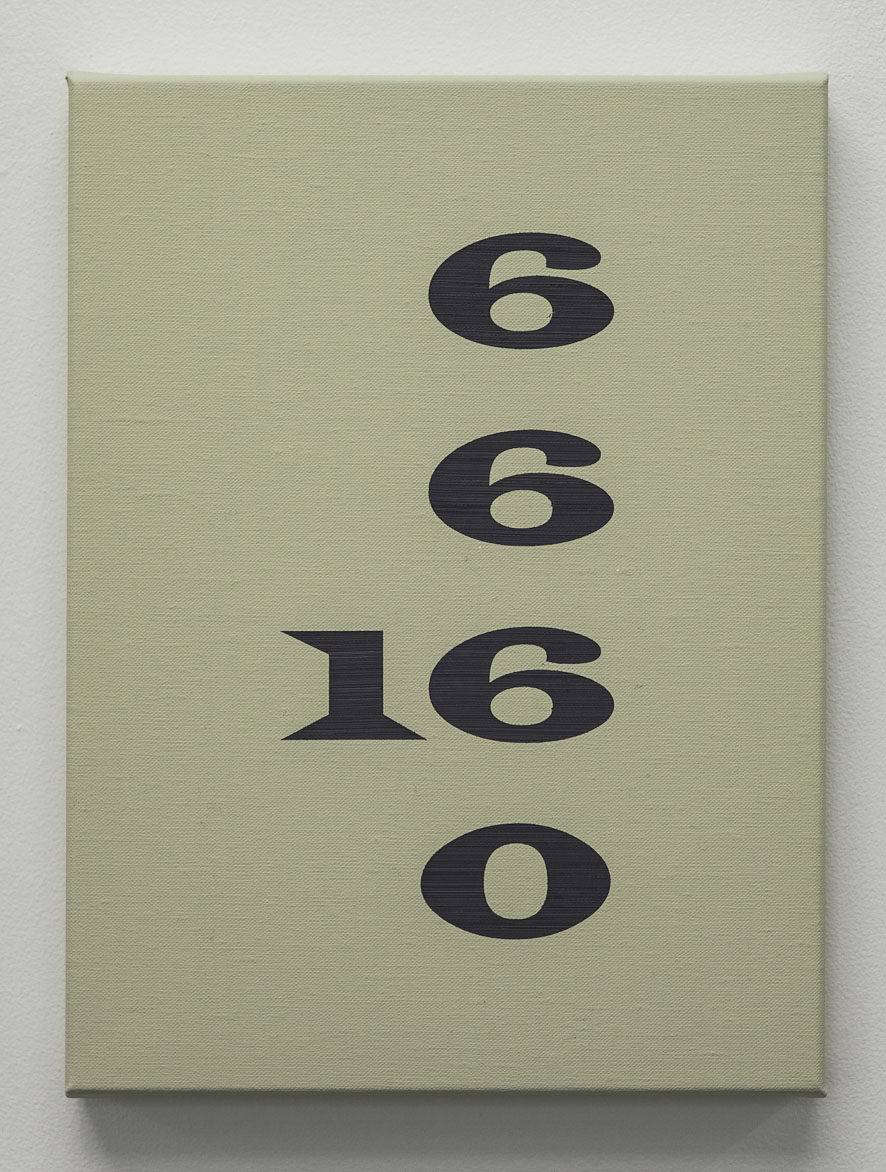
D.E. Elgin: Caravaggio (Michelangelo Merisi da)
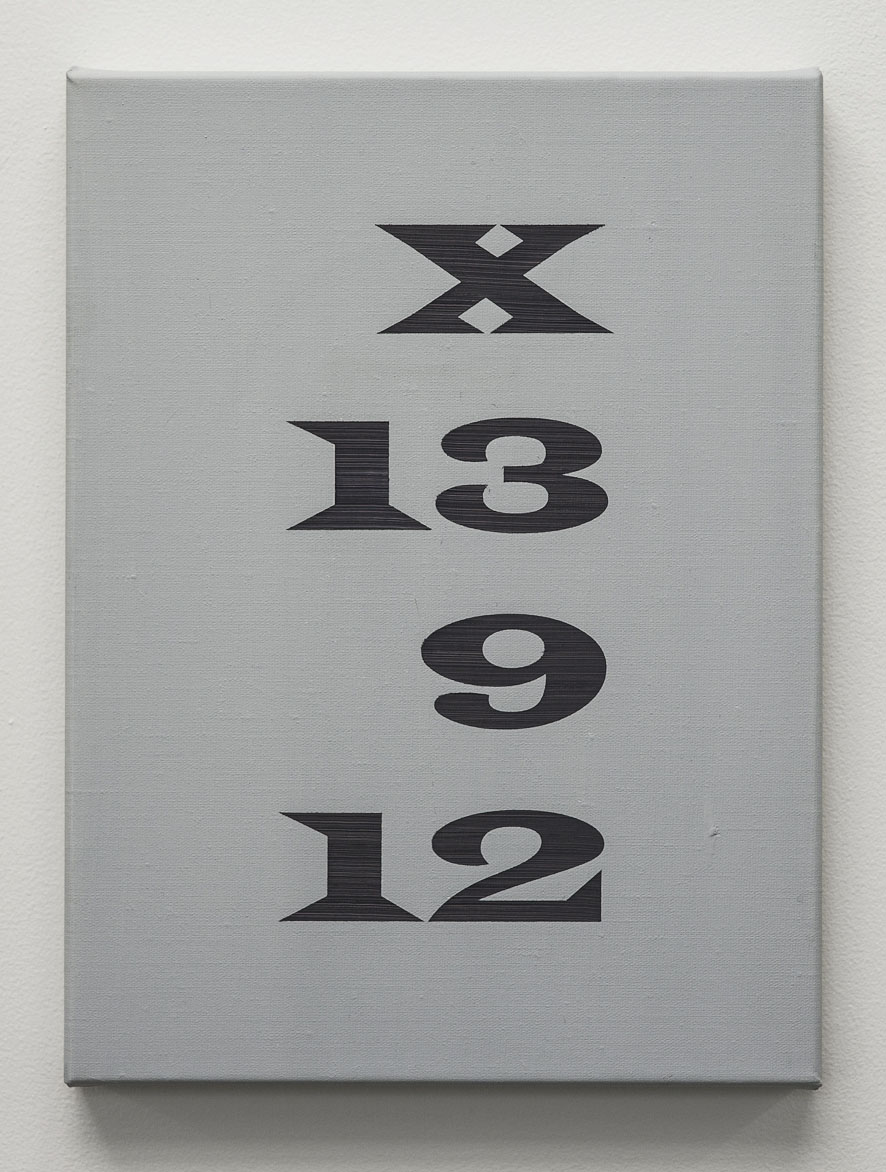
D.E. Elgin: Guido Reni
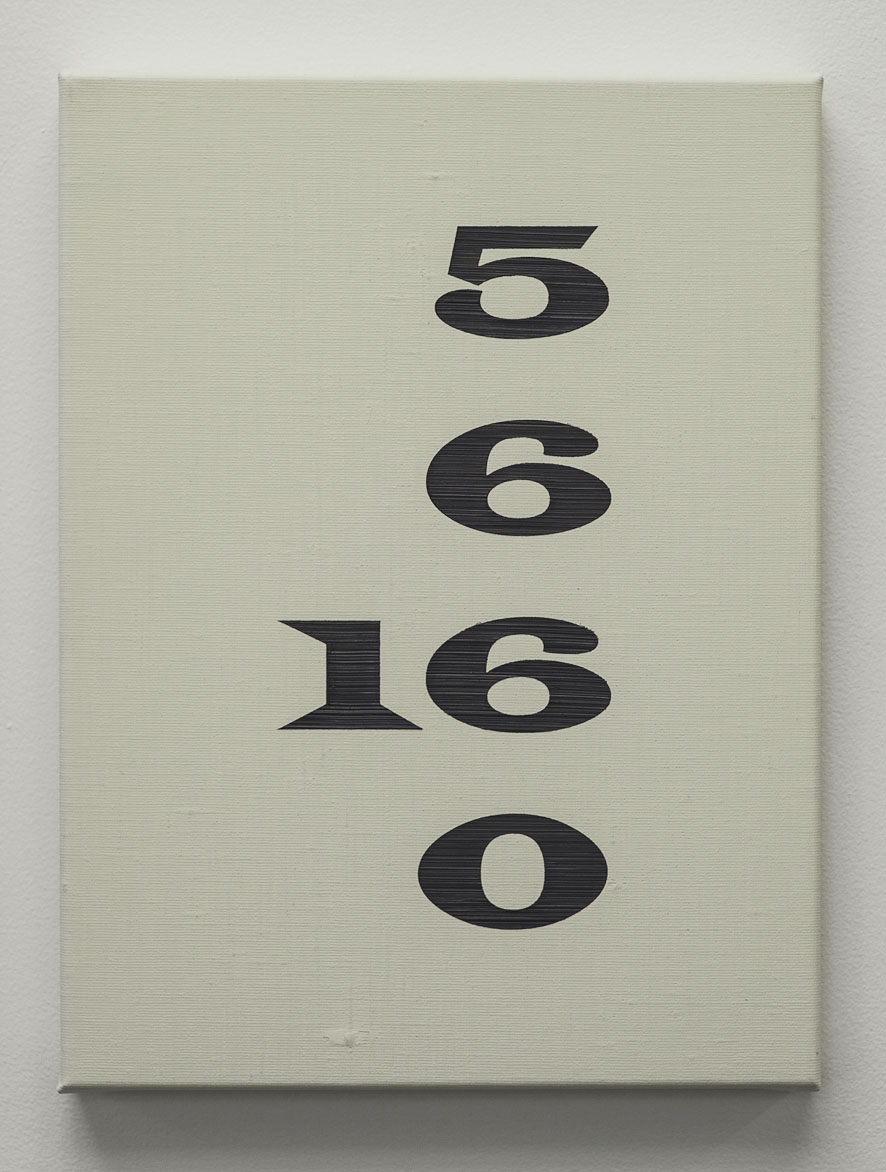
D.E. Elgin: Palma il Vecchio
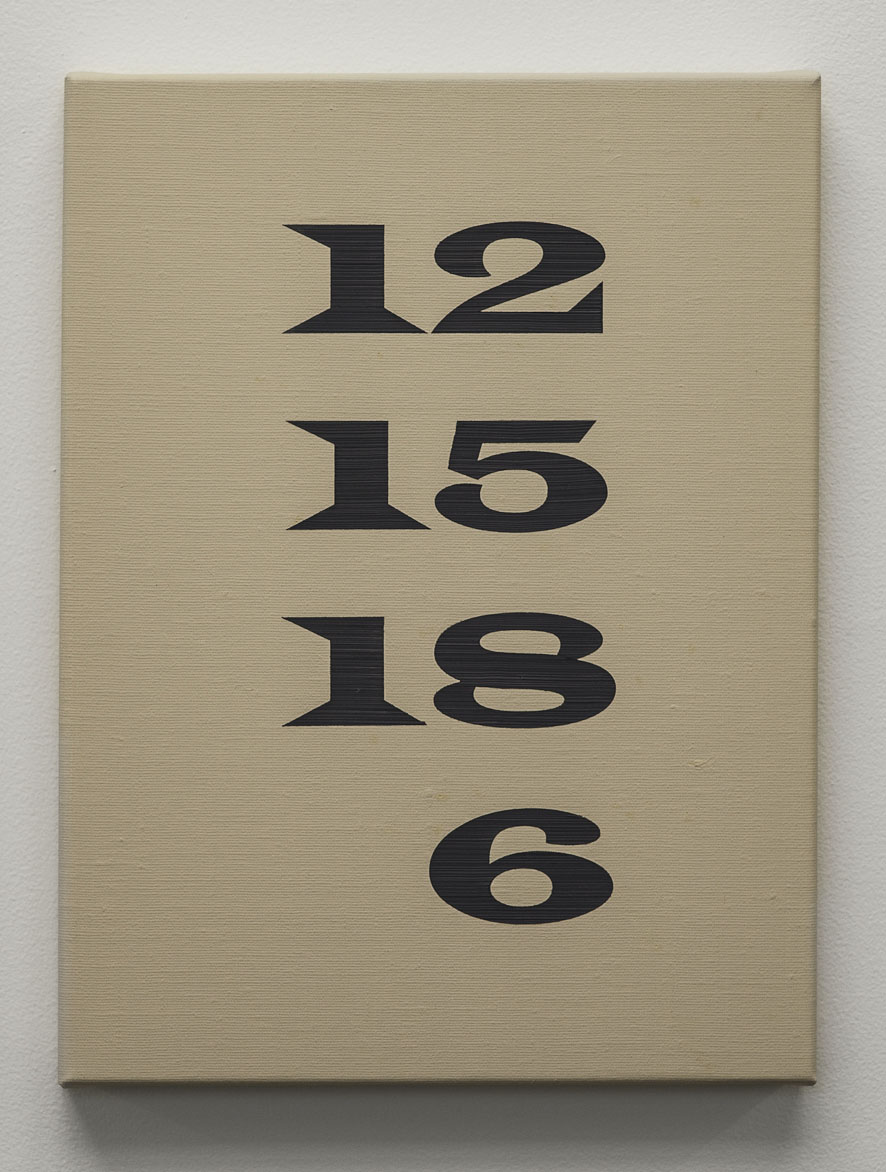
D.E. Elgin: Titian (Tiziano Vecellio)
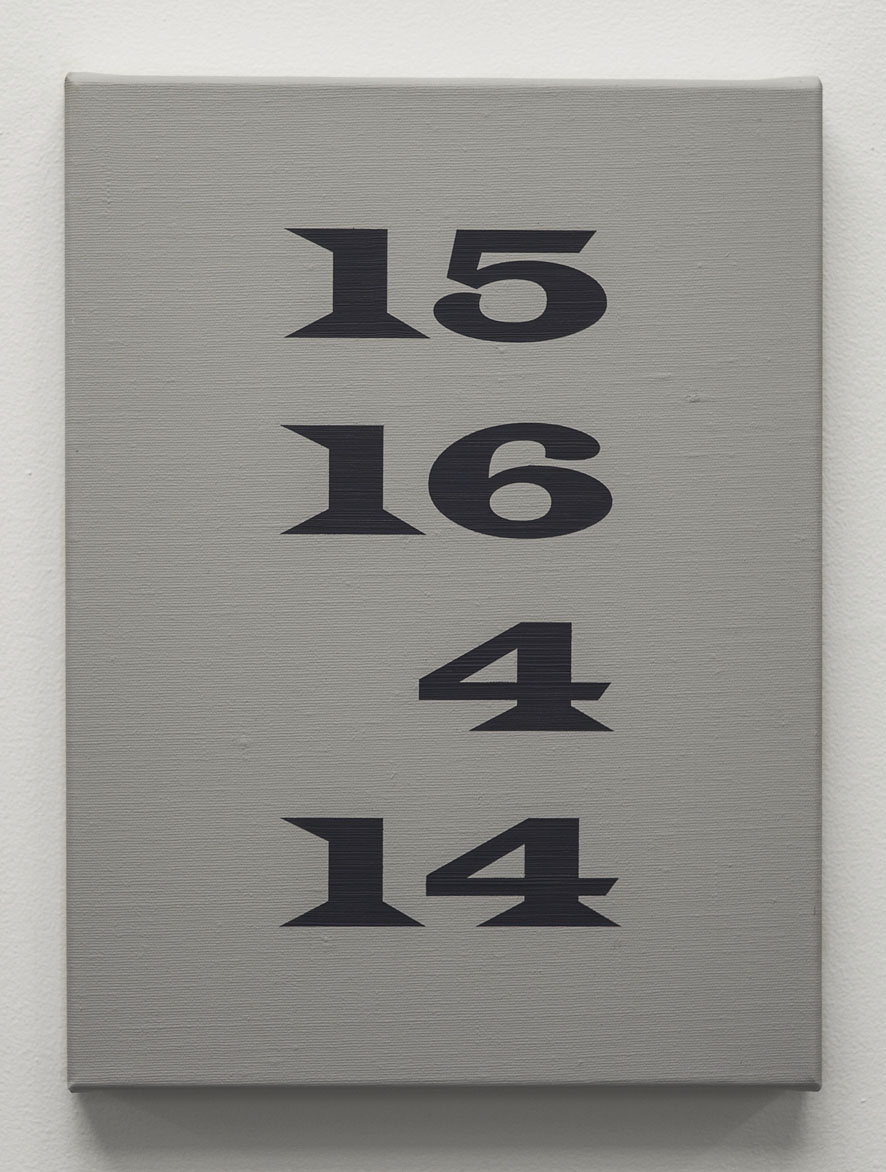
D.E. Elgin: Giulio Romano
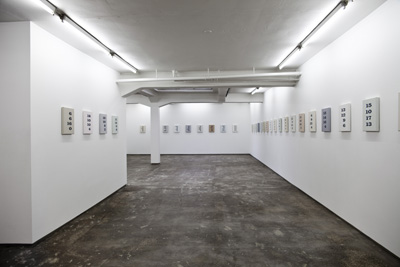
Balance of Painters: Installation OSL-contemporary 2012
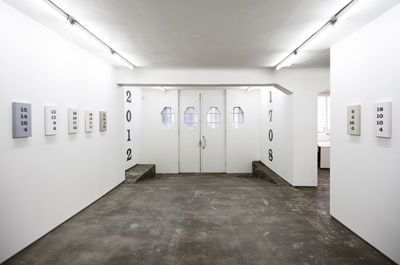
Balance of Painters: Installation OSL-contemporary 2012
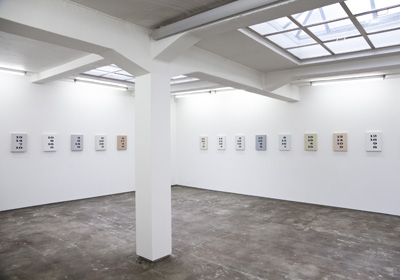
Balance of Painters: Installation OSL-contemporary 2012
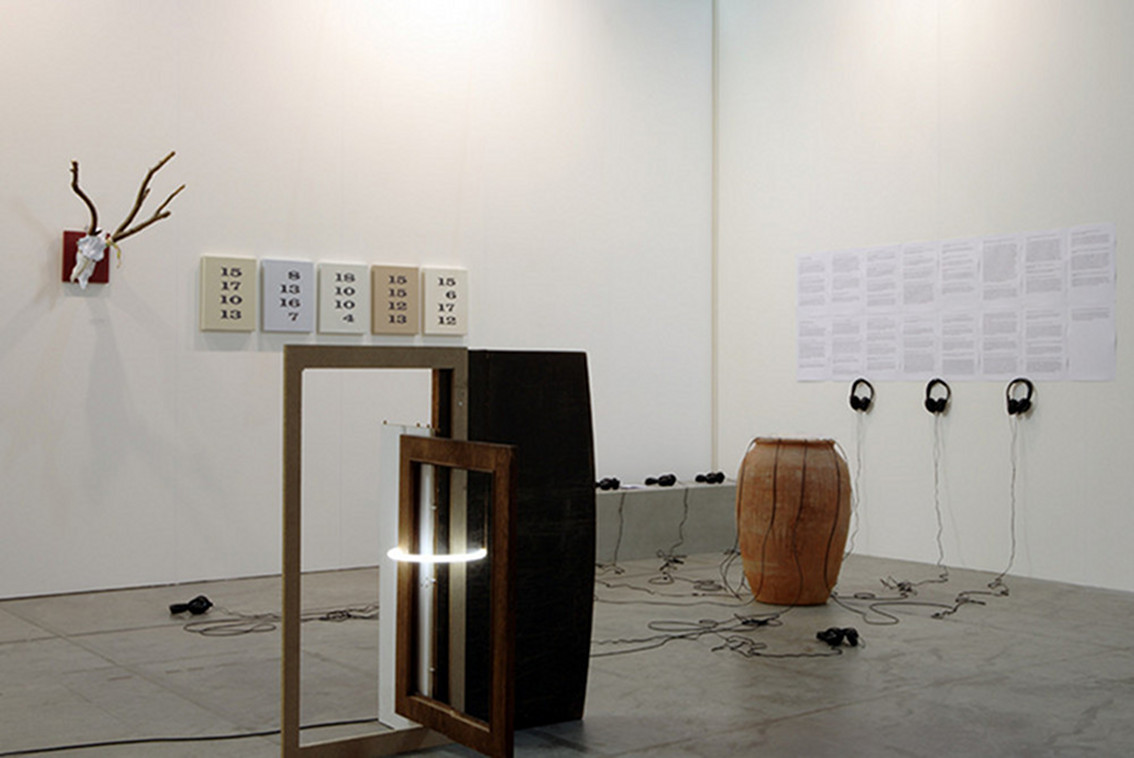
Artissima 18, Torino 2011 : Durham, Elgin, Castro / Ólafsson